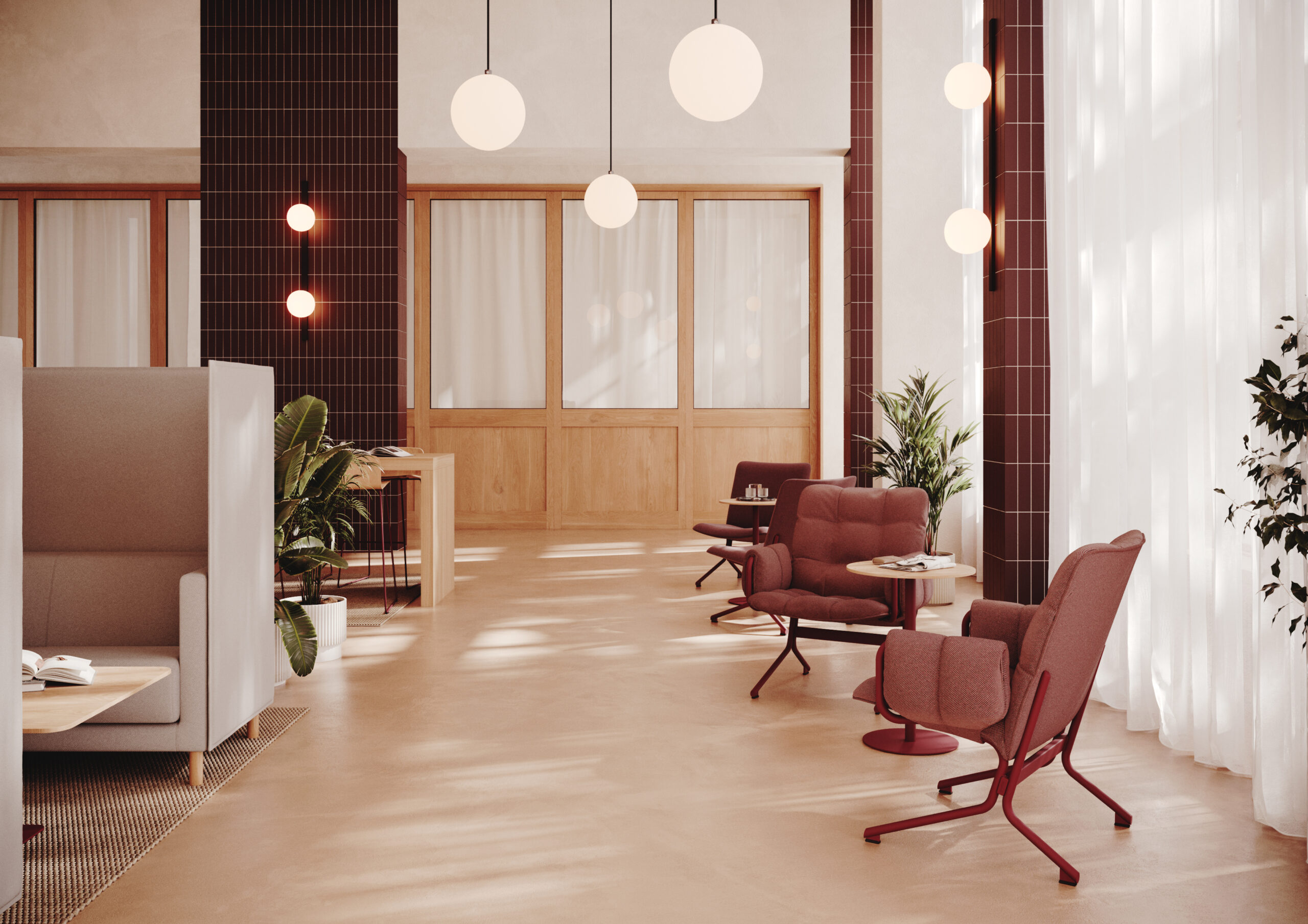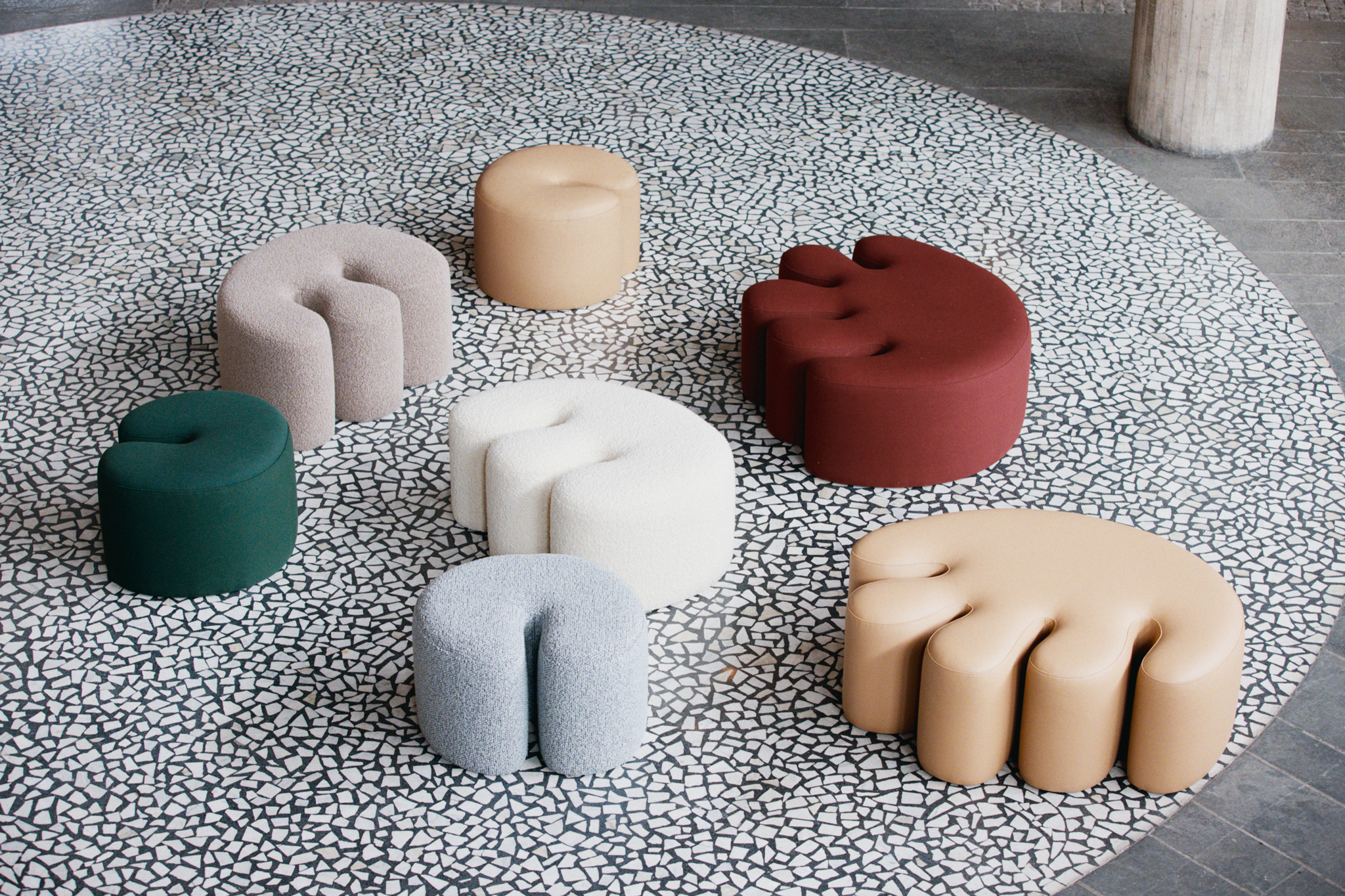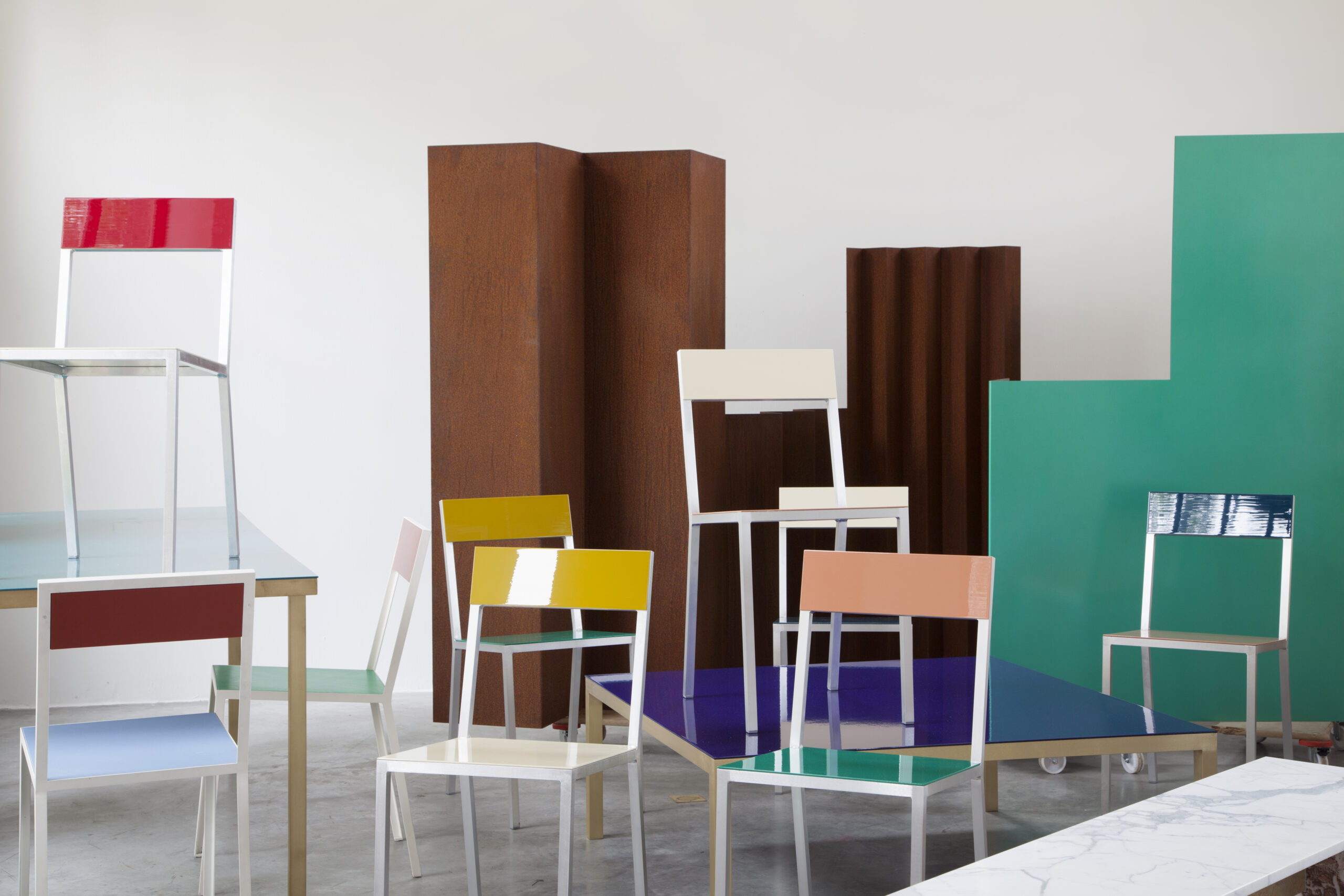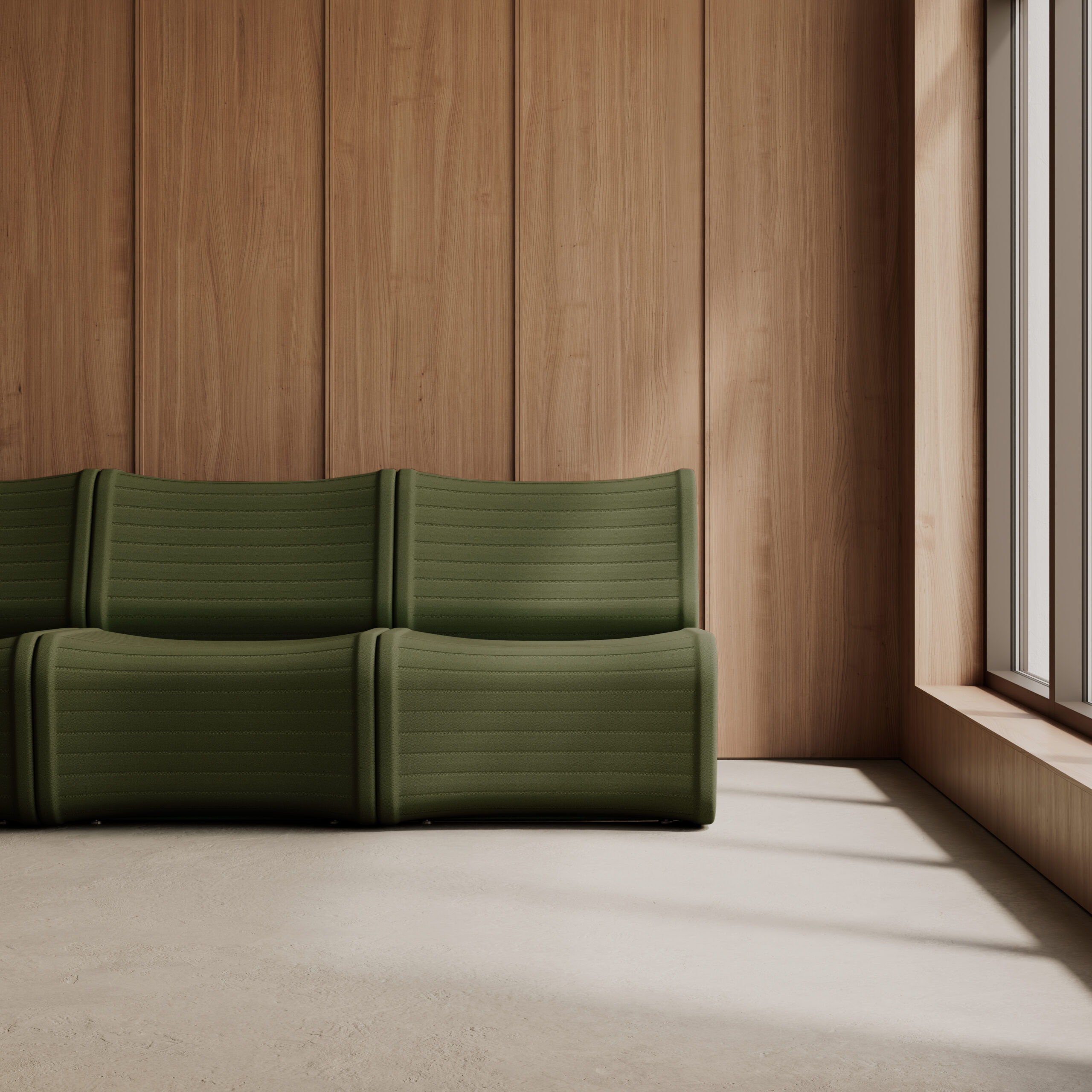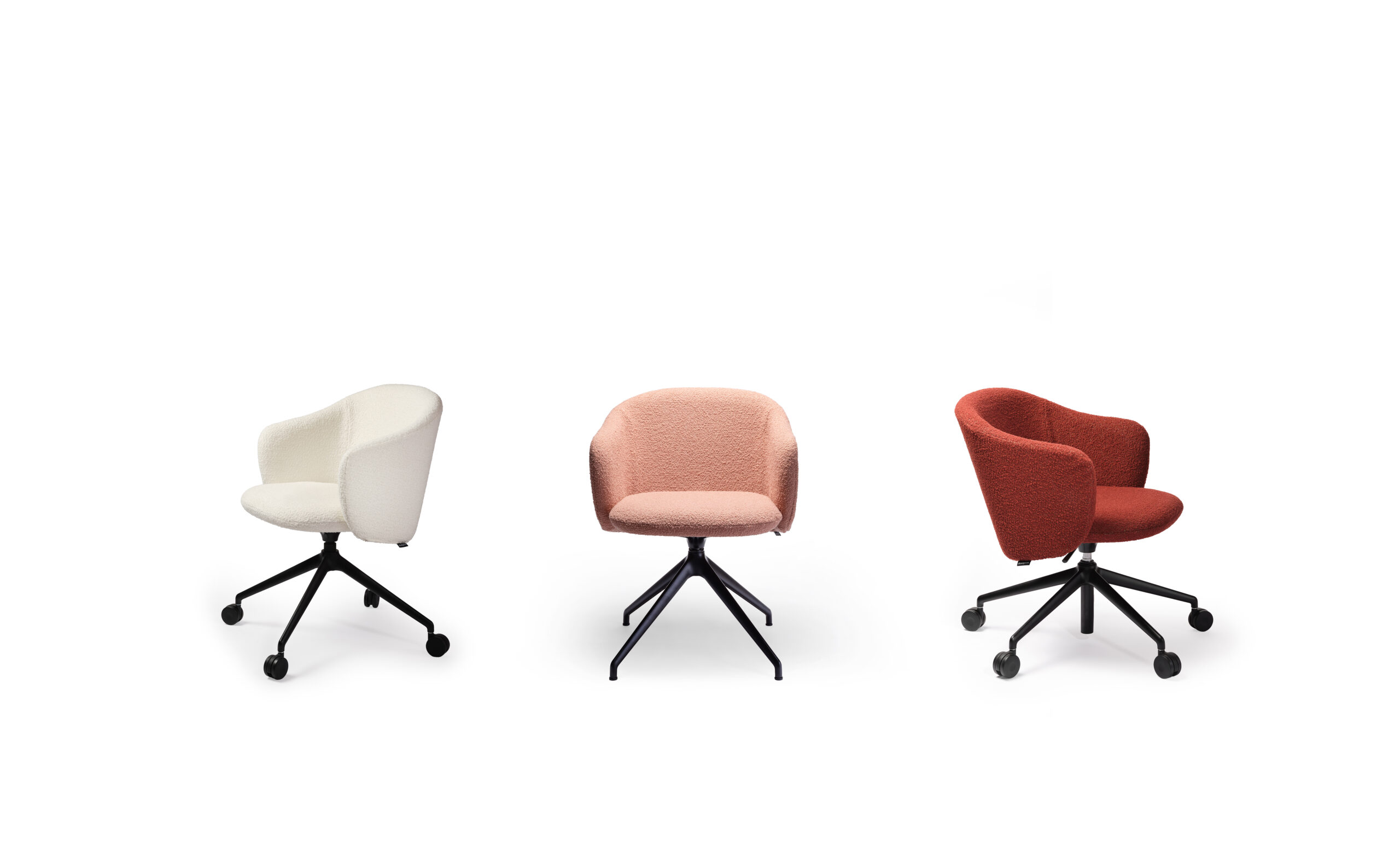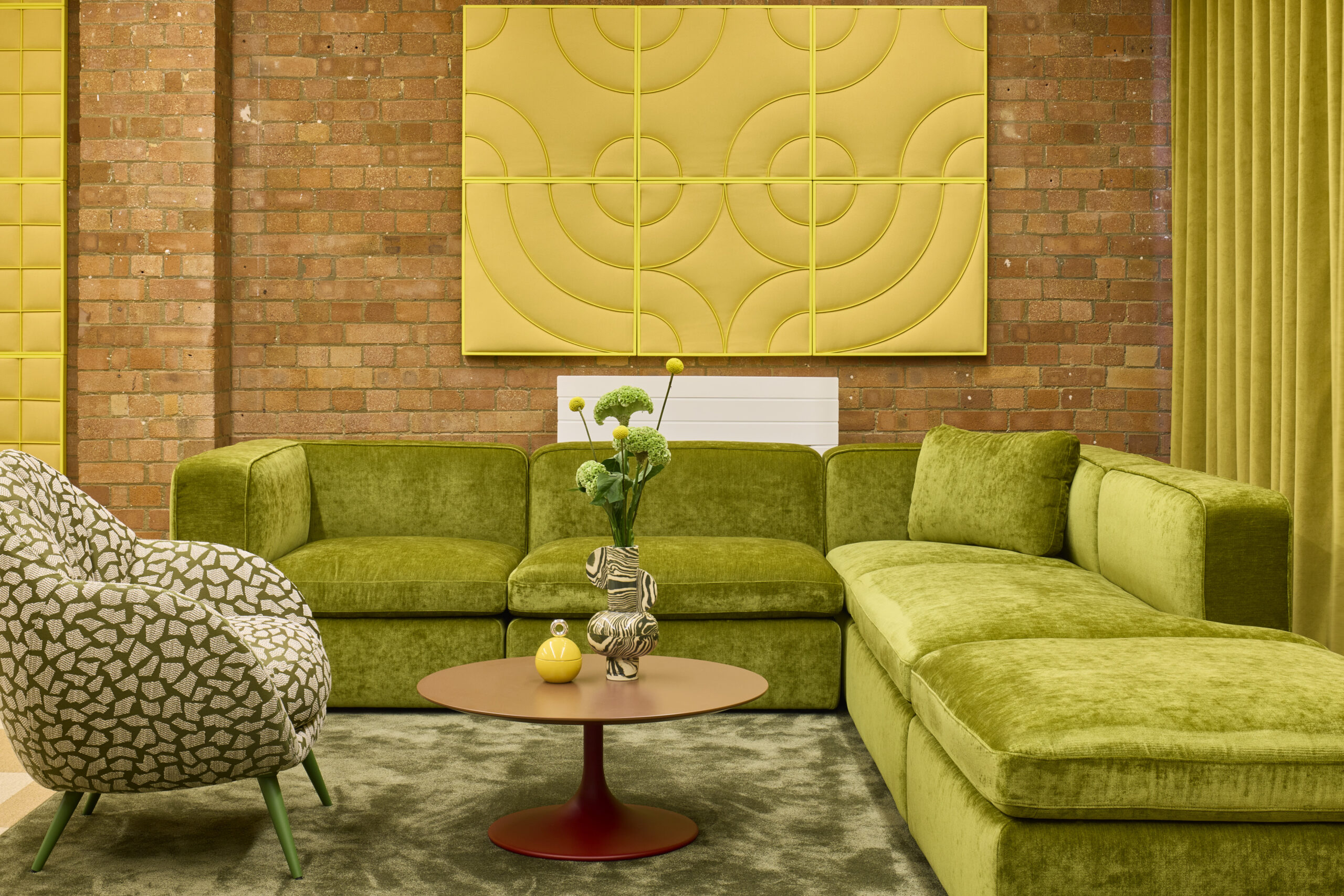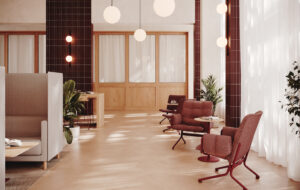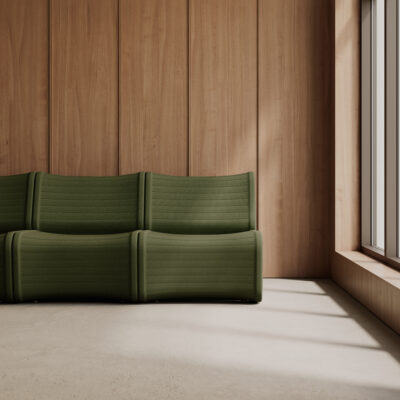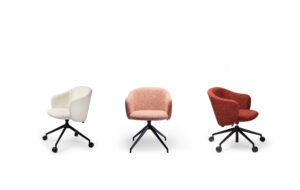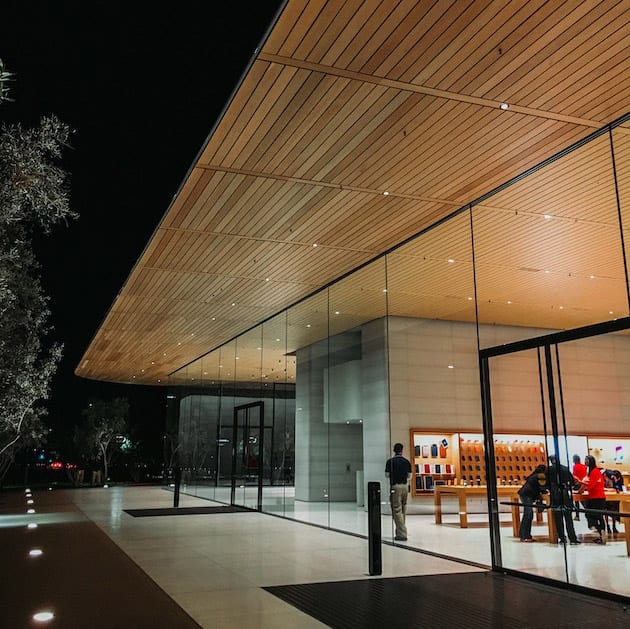 |||
|||
According to research, employees in the UK work longer hours than workers in other parts of Europe. People in the UK work an average of 34 hours and 26 minutes a week according to a 2018 study. That’s 1,795 hours a year for the nerds among us. For office workers, this is an extraordinary amount of time spent in the workplace.
It’s no surprise then, that employees are increasingly asking more of their employers when it comes to their working environment. Light, temperature and noise are just some of the aspects that employers need to consider, with many of the most effective means of adjusting them requiring investment in technology.
However, in many cases, companies already have an existing technology infrastructure installed across their offices that will allow them to roll out innovations easily and cost-effectively. It’s easy to find too – just look up. Lights within offices are currently there to fulfil basic tasks, provide visual comfort, enhance visual performance and provide for safety. However, lights can do more than simply provide illumination.
Staff are a business’ most important asset, or so the mantra goes. It goes without saying then, that it’s crucial to business performance that employees are looked after adequately. Employees, used to a 24/7 always-on environment and access to the latest tech at their fingertips, enjoy being able to work anywhere, any time, but all too often feel disengaged at work – which impacts productivity, and subsequently impacts business performance.
Dynamic LED lighting and connected lighting systems are helping businesses ensure that their open office spaces support employee needs and promote wellbeing while also helping to improve efficiency during the work day. Combining lighting and technology – whether through the Internet of Things (IoT) devices or lighting that adapts to human rhythms – can change how the office works.
One option adopted in particular in large offices with hot-desking is workplace personalisation. Via smart device apps, staff can tailor lighting and temperature above their desks by connecting to the IoT sensors in light fittings.
Alternatively, companies can change the office environment through the installation of bio-adaptive lighting. Lighting is scientifically shown to affect the human body – our circadian rhythm and ability to sleep and recharge is based around the amount of light we take in at different points of the day. Through different light ‘recipes’ provided via a lighting system at the right time of day, businesses can help boost employee energy, aid concentration, or improve collaboration. For example, cool white light at high intensity promotes focus and concentration, while warmer white at a lower intensity encourages collaboration and relaxation.
These technologies can also help to improve efficiencies: by installing IoT sensors in lighting fittings across the office, businesses can also capture and analyse building occupancy data to give them insight into how their office space is used over a day, week, month or year. This helps them create a much more effective office layout and make the best use of their space.
Taking it one step further, these sensors can also be used to inform an indoor navigation system for use by staff. Using real-time indoor positioning data, fed into a smartphone app, employees can access real-time information on the nearest free workspace, meeting room, washroom facilities, or even coffee machine – handy when it’s your turn to make the cuppas.
All of this is in addition to the standard energy and cost savings that LED lighting can provide. As our world continues to be ever more interconnected, LED lighting is one of the tools keeping our future bright.
James Bennett is commercial director at Signify, formerly Philips Lighting

